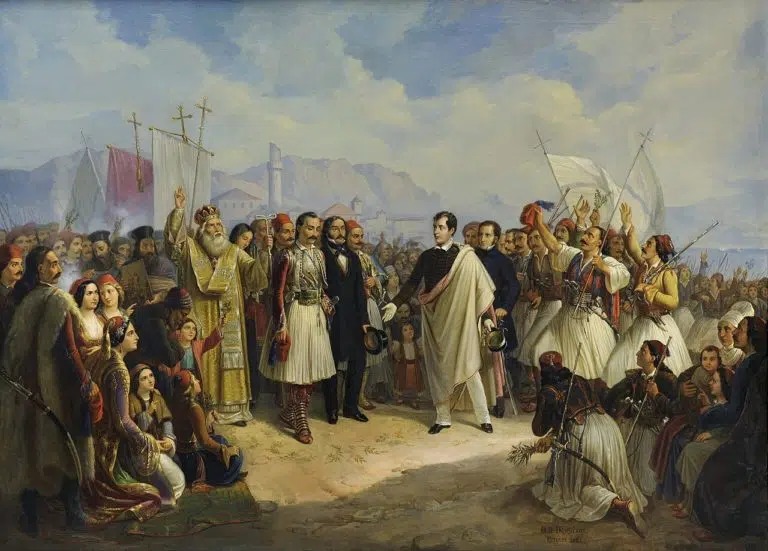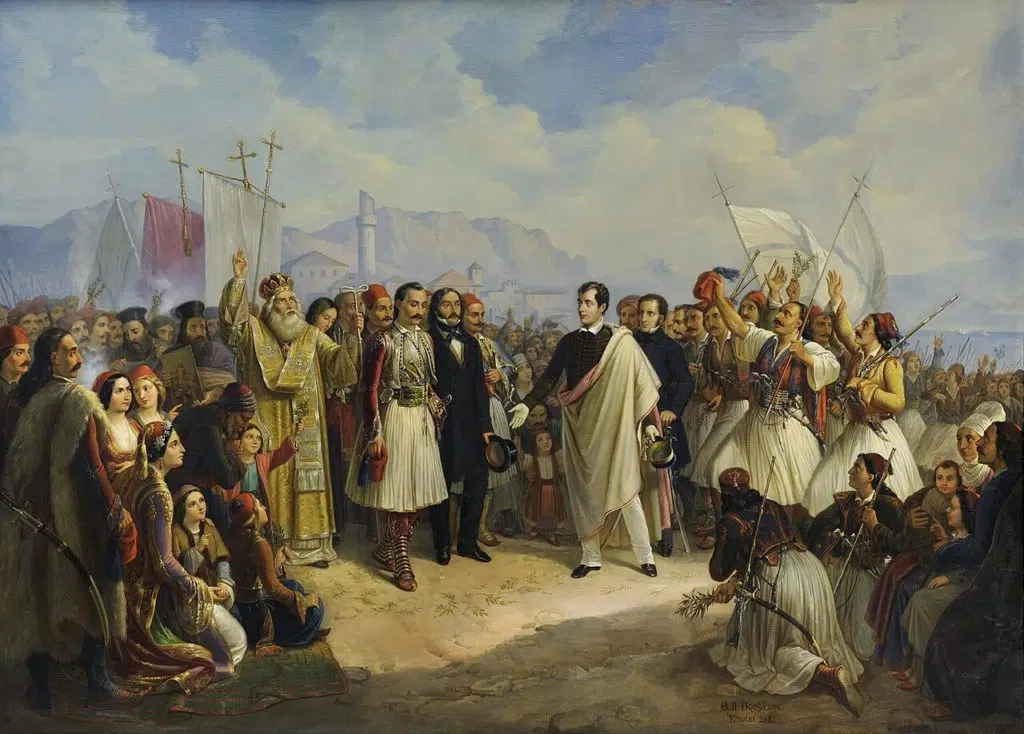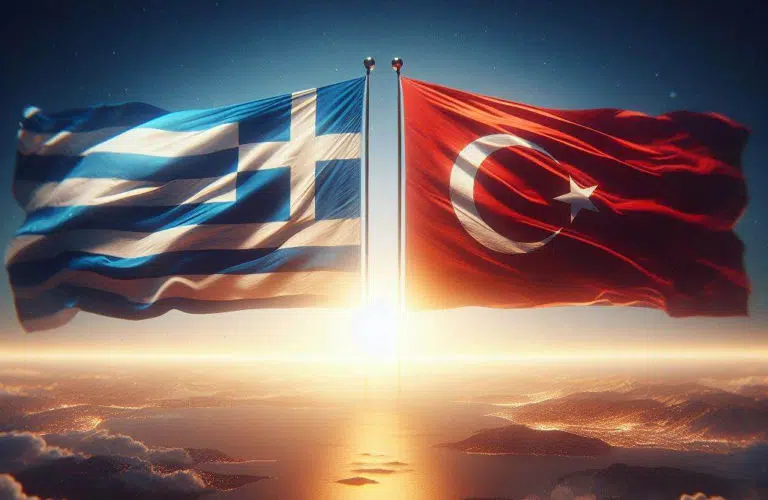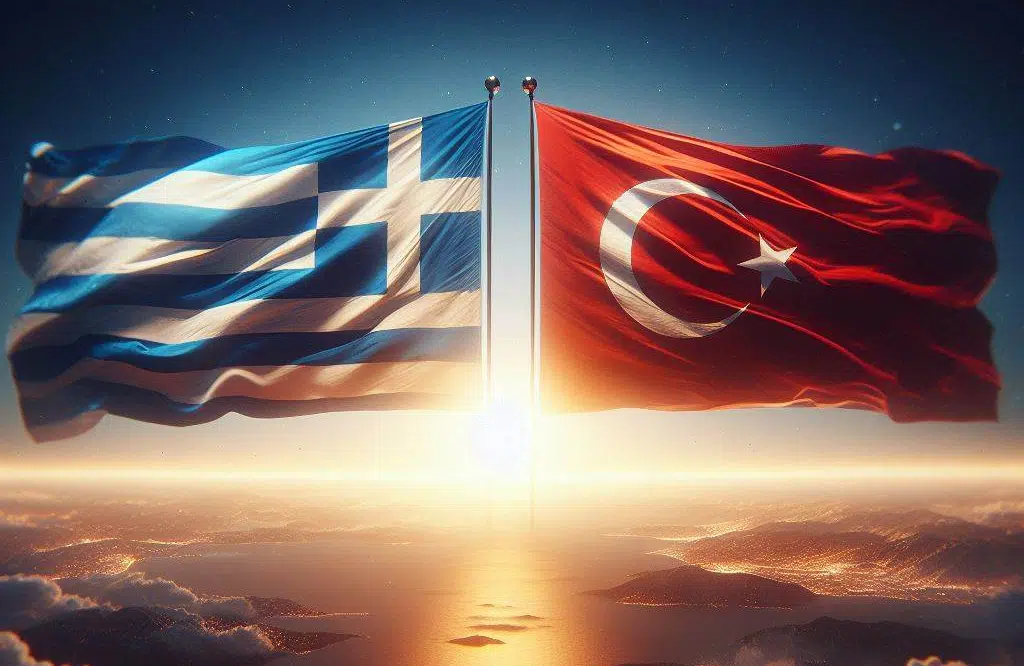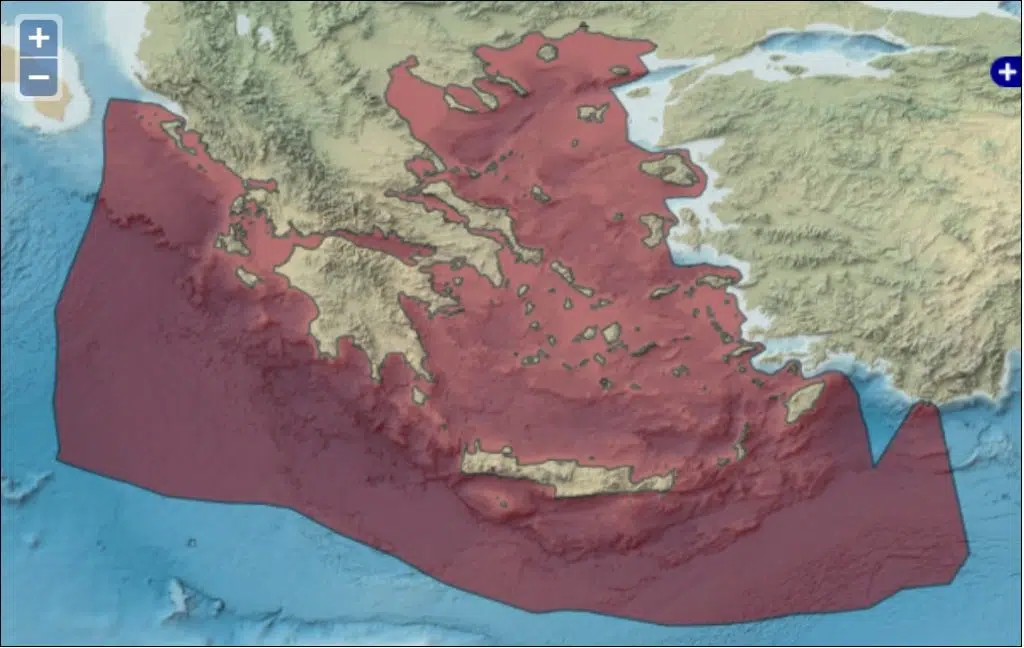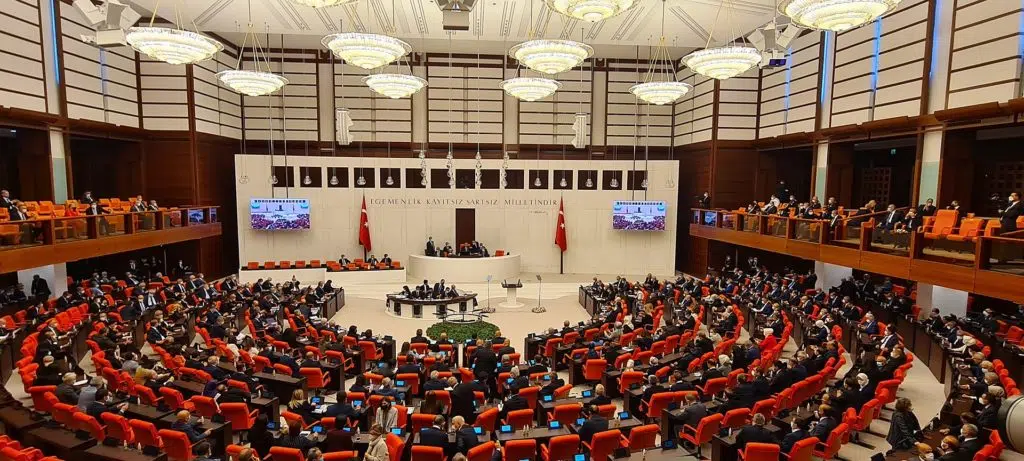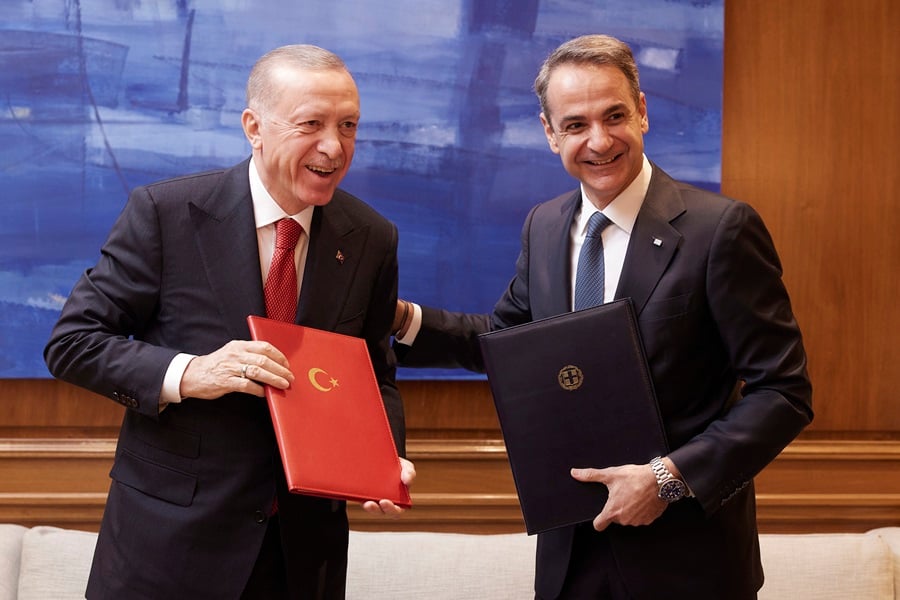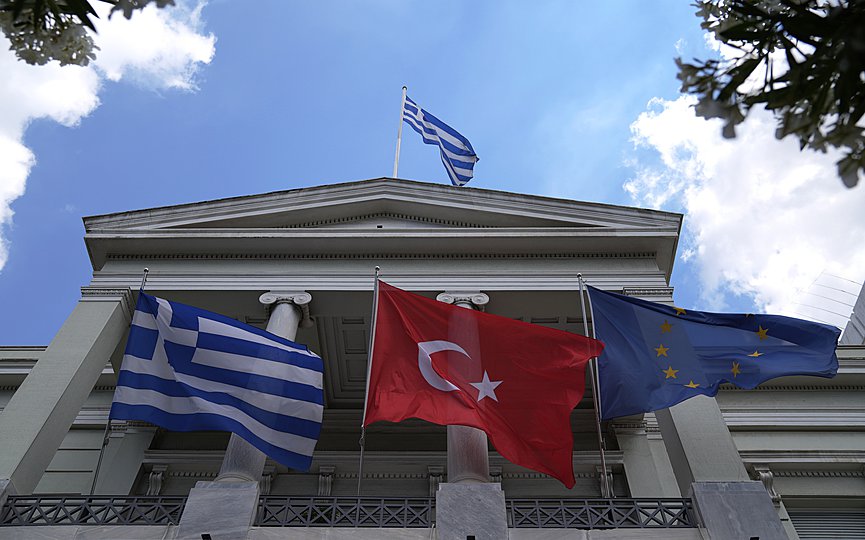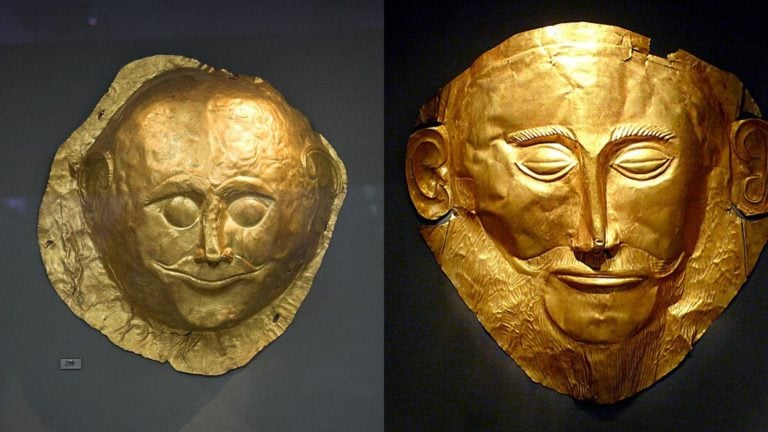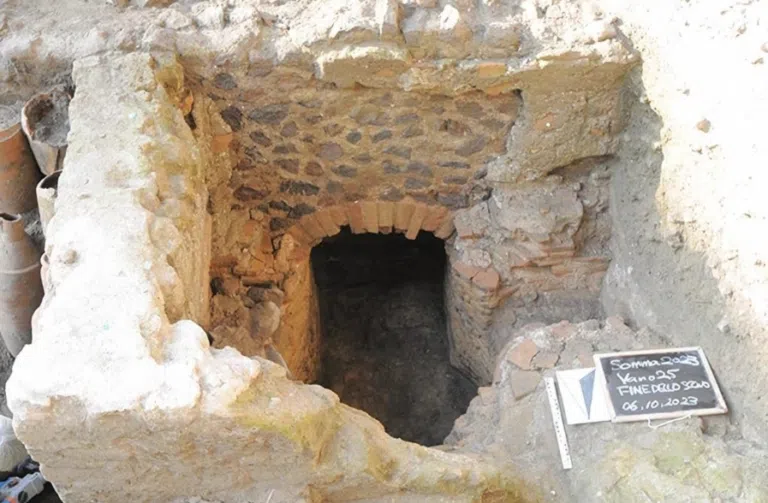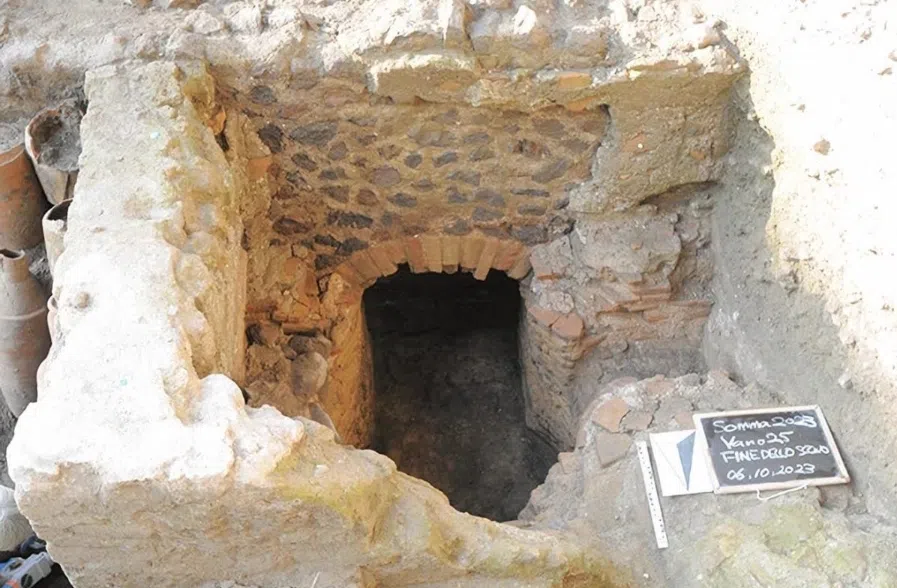
The sound of a plate smashing, shattering loudly as it meets the floor, is distinctive and tends to turn heads in a restaurant. Most of us, startled, “think, Oh No!” an unfortunate accident has occurred.
But when plates shatter on the floor at a gathering of Greeks – whether it is at a taverna, a wedding, a baptism, or an intimate party, smashing those plates is no accident.
Breaking plates is done purposely, accompanied by music, in celebration, and you will often hear the word “Opa!” expressed with great joie de vivre when it happens.
The custom is less common than it once was at the height of its popularity in the 1960s and 1970s, and is somewhat of a cliche, perhaps reflecting a more touristic view of Greece. Nevertheless, it remains a fun and iconic part of Greek culture, even if most Greeks are now more likely to throw flowers than plates at a bustling taverna or lively concert.
Smashing Plates Has No Clear Starting Date in History
Smashing plates became well-known and normalized to people outside of Greece following the debut of the 1960 film “Never On Sunday.” There is a scene that shows the main characters in a raucous moment of really having a good time as glasses drop and smash on the floor during a dance.
It is uncertain when the custom of smashing plates began in Greece, itself. However, it is certainly a multipurpose ritual. Smashing plates has been used to signal the end and the beginning, to ward off evil spirits, and to express abundance.
In symbolic ritual, a plate is smashed at the graveside of the departed following a Greek Orthodox funeral. Life has ended on earth. The plate is smashed, signifying the end of life. Smashing the plate is also considered an act of mourning.
Smashing plates is done for joy as well as to mourn. It was once believed that a celebration could draw the attention of bad energy, or even worse, nasty spirits. To ward off evil spirits that might wreak havoc on a newly married couple smashing a few plates was considered to serve as camouflage. The violence of plate breaking fooled the spirits so they would not suspect a happy event was taking place at the gathering.
Breaking plates may also be related to the ancient practice of conspicuous consumption to display wealth. In the past plates or glasses were thrown into the hearth following a banquet instead of being washed and reused.
Eventually, plate smashing demonstrated a devil-may-care attitude because of abundance as well as a celebratory spirit. The individual was comfortable enough that plates could be broken because there was plenty. The dinnerware could be tossed and broken as it could be easily replaced. The action tells the world: We have so much to eat and so many dishes that we can toss away our resources.
Accompanied by the music for the dance as plates are smashed there is also a particular word associated with the action. The word “Opa” actually means something like “oops!” or “whoops!” or “Watch out!” In dedicated plate smashing sessions, it means “pay attention.” The word is so embedded in the ritual that when you hear the word “Opa!” you expect to hear a plate breaking. This practice, paired with dancing and live music, is symbolic of Greek celebrations.
The Decline in Popularity of Plate Smashing
By 1969 the military dictatorship of Georgios Papadopoulos, which had suspended democracy and ruled Greece autocratically from 1967 to 1973, banned plate smashing in nightclubs. Flying shards of pottery were dangerous, so plate smashing was outlawed in the taverns and nightclubs of Greece.
In the spirit of smashing plates, a variation on the custom was introduced using flowers. Diners at small Greek restaurants or tavernas were able to buy trays of flowers that they could throw at singers and each other in fun and celebration.
In the past decade, rather than pricey flowers or stacks of plates, often an exuberant client will grab a stack of paper napkins and dump them over the dancers’ heads as they perform.
Since 1974 specially-produced plaster plates have been used. There were 53 manufacturers of plaster plates in the northern city of Thessaloniki in those heady times.
In filming “Never On Sunday,” Jules Dassin needed to reshoot the plate-smashing scene several times. He used defective plates that were factory rejects. Following the film’s success, plate smashing became even more popular.
In the 60s up to 100,000 plates per month were smashed and more than fifty workshops were established employing around 1000 people to cover the needs of partygoers and their plate smashing. Eventually, they turned to plaster copies of plates, to prevent injury and reduce costs.
In 1994, with the passage of a law restricting the opening hours of nightclubs, enthusiasm for plate smashing ebbed, as it tended to be more fun to do it way after midnight. Greece also became even more European and younger generations started preferring more Western types of bars and nightclubs over the kitsch of the bouzoukia clubs. Plates were once again used strictly for eating.
All but one manufacturer of plaster plates in the north of Greece shut down for good. The only remaining workshop making plaster plates in Greece is Tsiroulis Brothers. The company is located in Evosmos, Thessaloniki, and was established in 1975.
However, with the arrival of the internet and the immense popularity of online shopping, it is now possible to purchase plates purpose-made for breaking online.

Plate smashing is now officially discouraged as most establishments prefer customers to throw flowers rather than items that can cause serious injury, especially after a few drinks and impaired aim. Greece actually requires a license for establishments that want to allow breaking plates.
If you’re offered plates to throw during dances or other performances, be aware that these plates are typically not free and they will be tallied up at the end of the evening, usually at least a euro or two each. Smashing plates can be an expensive form of noise making.
Those who practice plate smashing will do it in any combination of ways. They may take the plate and hurl it to the floor, they may take the plate and break it over their head or they may hold a stack of plates in one hand and in the other hand, a single plate used to hammer through and shatter the stack. Most often, however, as a favorite dancer performs, plates are smashed around their feet to honor their talent.
A Cherished Aspect of the Tourist Experience
Many tourists expect to witness plate smashing at a taverna during their vacations in Greece and it remains a staple part of the entertainment in some of Greece’s tourist hotspots.
Hippie Fish, a seaside restaurant in Mykonos, has a “Greek Night” every Sunday. Spartan warriors greet patrons upon entry to the establishment and decorate customers with an olive wreath. Following the meal, professional dancers perform traditional favorites like the hasapiko, also known as the syrtaki. When dancing was not allowed as part of the Covid-19 safety restrictions, patrons were handed ceramic plates to smash in designated boxes so they could be a part of the performance.
Noeme, a tourist in Greece who is from Brazil said, “It was kind of weird at first to start throwing the plates and breaking them. But once I got into it, I didn’t want to stop. The music and our laughter around the table, got me excited and really put me in a mood to have fun.”
And that mood for fun is what is known as “kefi” in Greek. As the plates are smashed, you will shout Opa! and perhaps break out in a dance yourself.




